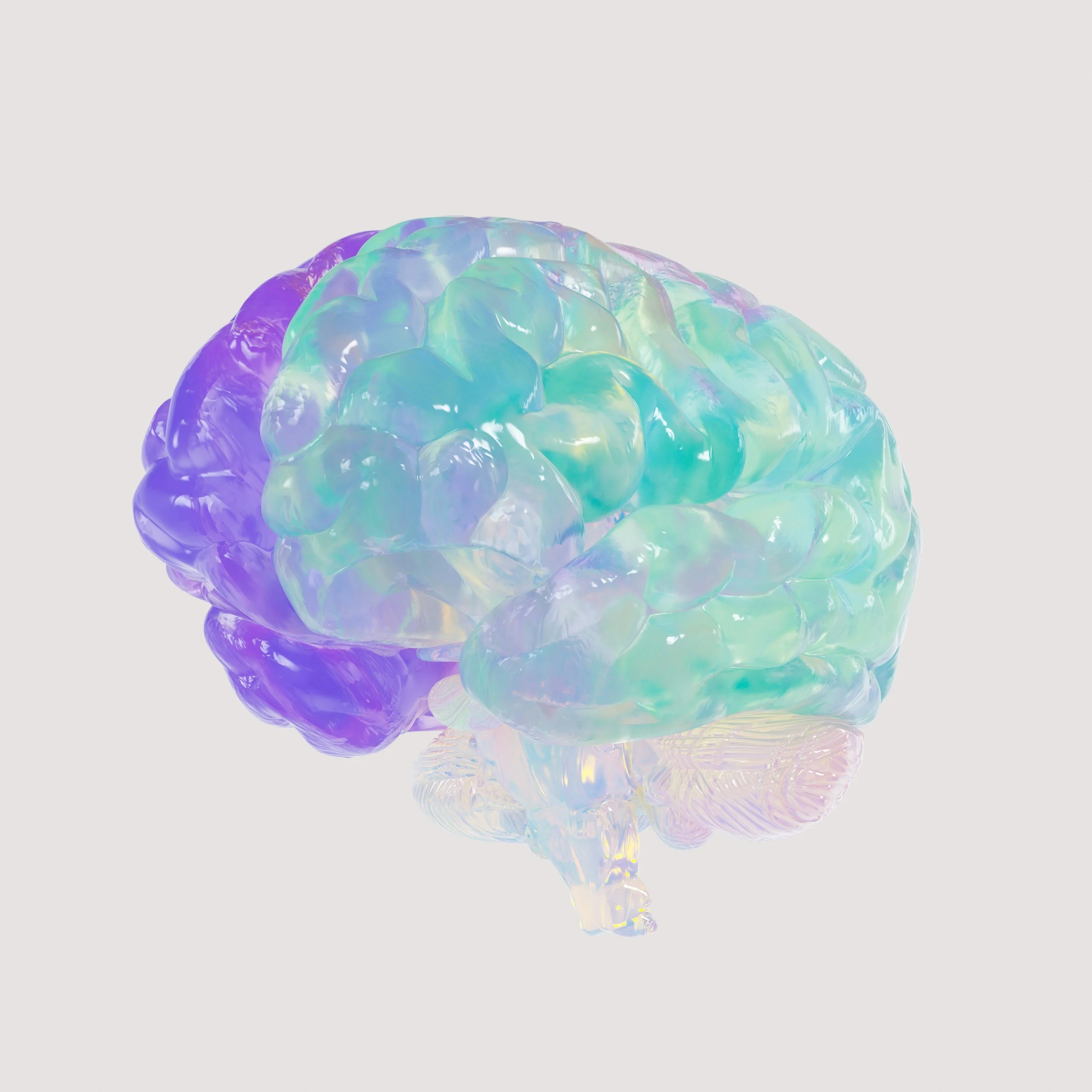Exploring Pathology of Neurodivergence
You’ve always known your brain works differently. You’ve just never been given the right words to describe it.
Instead of labels that limit, this article will help you explore terms that validate. We’ll break down the pathology of neurodivergence, what it really means, and why understanding it could help you let go of shame and finally feel seen.
A Cactus in the Rainforest
Imagine being a cactus—but planted in a rainforest. You're not broken. You're not failing. You're just somewhere that wasn't made for you.
That's what it can feel like to be neurodivergent in a world built around neurotypical expectations. You might be smart, successful, high-achieving—but inside, you're anxious, overwhelmed, and burned out from constantly trying to fit in.
What Do These Terms Actually Mean?
Let’s start with some clarity.
Neurodivergent describes a person whose brain functions differently from what's considered “typical.”
Neurotypical refers to individuals whose brain function and behavior fit standard developmental and societal norms.
Neurodiversity is the idea that all types of brain wiring are valid, and not something to be fixed—just like diversity in race, gender, or sexuality.
This framing matters. Because when we misunderstand these terms, we fall into the trap of believing that difference equals disorder.
Why Language Matters
Historically, society has described neurodivergence through a medical lens—where everything that’s “different” is seen as wrong or broken. That’s where the pathology of neurodivergence comes in: the harmful belief that these differences are illnesses, rather than natural human variation.
This kind of thinking affects more than labels. It shapes how neurodivergent people are treated, both by others and by themselves. It’s hard to build confidence when you’ve spent your life being told you're defective.
Disability ≠ Disease
It’s important to understand that neurodivergence can be considered a disability, not a disease. A disease is something you treat or cure. A disability is something you accommodate and support.
Research supports this view. In the article Perspectives on “Disease” and “Disability” in Child Health, experts argue that chronic neurodevelopmental conditions should be understood as part of a disability framework—not a disease model.
What Falls Under Neurodivergence?
There are many different flavors of neurodivergence, including:
Autism Spectrum Disorder (ASD): Often includes repetitive behaviors, differences related to elements of communication, and sensory sensitivities.
ADHD (Attention-Deficit/Hyperactivity Disorder): Associated with differences in focus, task initiation, and other executive functions.
OCD (Obsessive-Compulsive Disorder): Involves unwanted, intrusive thoughts and ritualistic behaviors.
Learning Disabilities: Differences in processing, retaining, and/or applying information in traditional ways.
Each of these diagnoses comes with its own experiences, strengths, and challenges—and none should be treated as inferior.
Different Doesn’t Mean Less
Here’s the truth: many of the world’s greatest thinkers and innovators were likely neurodivergent.
Inventor and mathematician Ada Lovelace, considered the first computer programmer, displayed traits consistent with what we now label as ADHD. Albert Einstein, Nikola Tesla, and Charles Darwin—all were believed to have traits linked to neurodivergence. More recently, climate activist Greta Thunberg has spoken openly about her experiences as an autistic human, describing it as a “superpower” that fuels her clarity and determination.
Neurodivergent individuals aren’t successful in spite of their differences—they thrive because of them.
Variations, Not Pathologies
Let’s go back to that cactus in the rainforest.
Your brain isn’t broken. You’re not defective. You’re just wired differently. And the world needs your flavor of different.
The pathology of neurodivergence has told too many people they’re less than. That they’re flawed. That they’ll never be “normal.”
But normal is overrated.
You’re not too much. You’re not too sensitive. You’re not a problem to fix.
You’re a variation. And that variation is valid.
A Movement Toward Inclusion
Thankfully, the conversation is starting to change.
Companies like Microsoft and IBM are recognizing the value of neurodivergent thinkers through dedicated hiring programs. Community groups and nonprofits like Different Brains are helping raise awareness. School fundraisers are starting to support neurodiversity education.
But we still have a long way to go. April is Autism Awareness Month. May is Mental Health Awareness Month. But where’s the month for general neurodiversity?
OCD, ADHD, learning disabilities—these experiences often go unseen and unspoken. A broader Neurodiversity Awareness Month would give space to all neurodivergent people to feel seen, validated, and included.
What Still Needs to Change
To move forward, we need more than just awareness. We need:
Inclusive environments—at work, in schools, and in everyday life
Language that accepts and uplifts, not shames
Recognition that neurodivergent humans belong, even when they don't "blend in" to traditional constructs of “normal” or “typical”
That means talking less about what people can’t do—and more about what they can.
Flip the Script: From “Can’t” to “Can”
When people talk about neurodivergence, they usually focus on problems or deficits.
Can’t sit still.
Can’t focus.
Can’t socialize “normally.”
But what if we flipped that?
Can hyperfocus and spot patterns others miss.
Can think creatively and solve complex problems.
Can feel deeply and care passionately.
It starts with language. And that language starts with us



